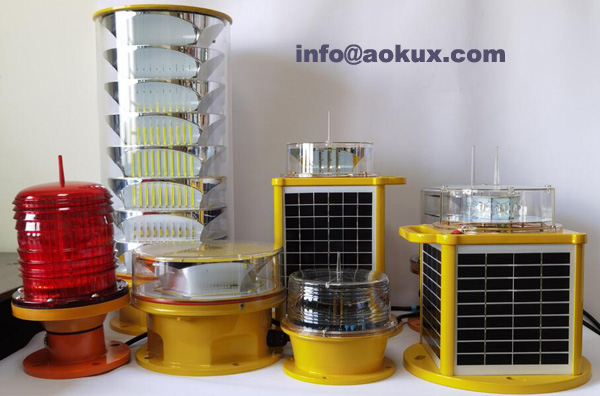
The Importance of Red Obstruction Lights in Aviation Safety
Red obstruction lights are a critical component of aviation safety, designed to warn pilots of potential obstructions in their flight path such as communication towers, wind turbines, and tall buildings. These warning lights emit a steady red light that can be seen from miles away, ensuring that pilots have ample time to adjust their course and avoid collisions.
The Federal Aviation Administration (FAA) mandates that all structures over 200 feet tall install red obstruction lights. This requirement helps prevent accidents caused by obstacles that could obstruct a pilot's view or interfere with their flight path, ultimately saving lives.

Red obstruction lights come in various shapes and sizes, including strobe and steady-burning lights. The type of light used depends on the structure's height, location, and any other specific requirements dictated by the FAA. For instance, structures near airports may require brighter lights for increased visibility.
|
Red Obstruction Lights |
Red Obstruction Lights |